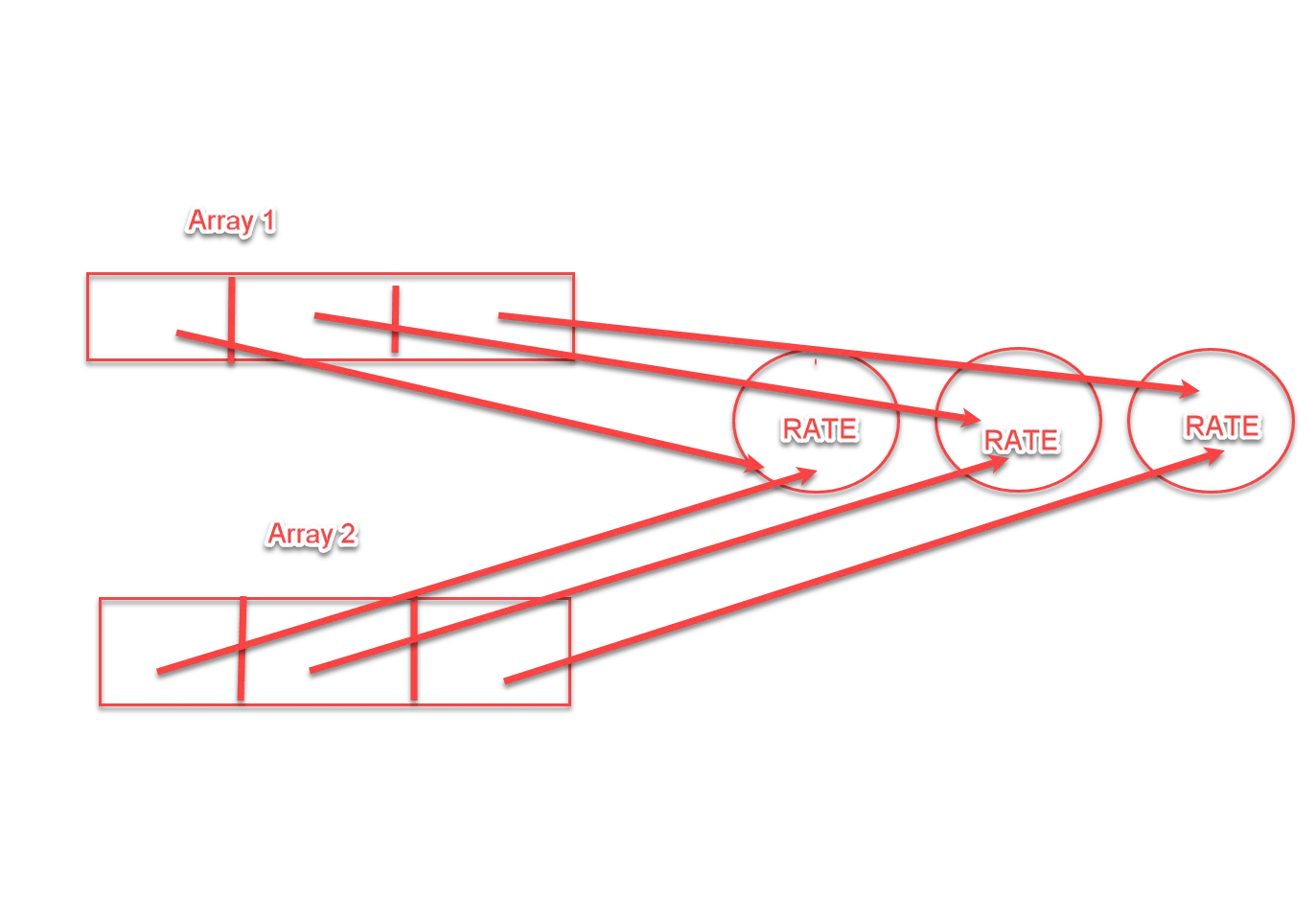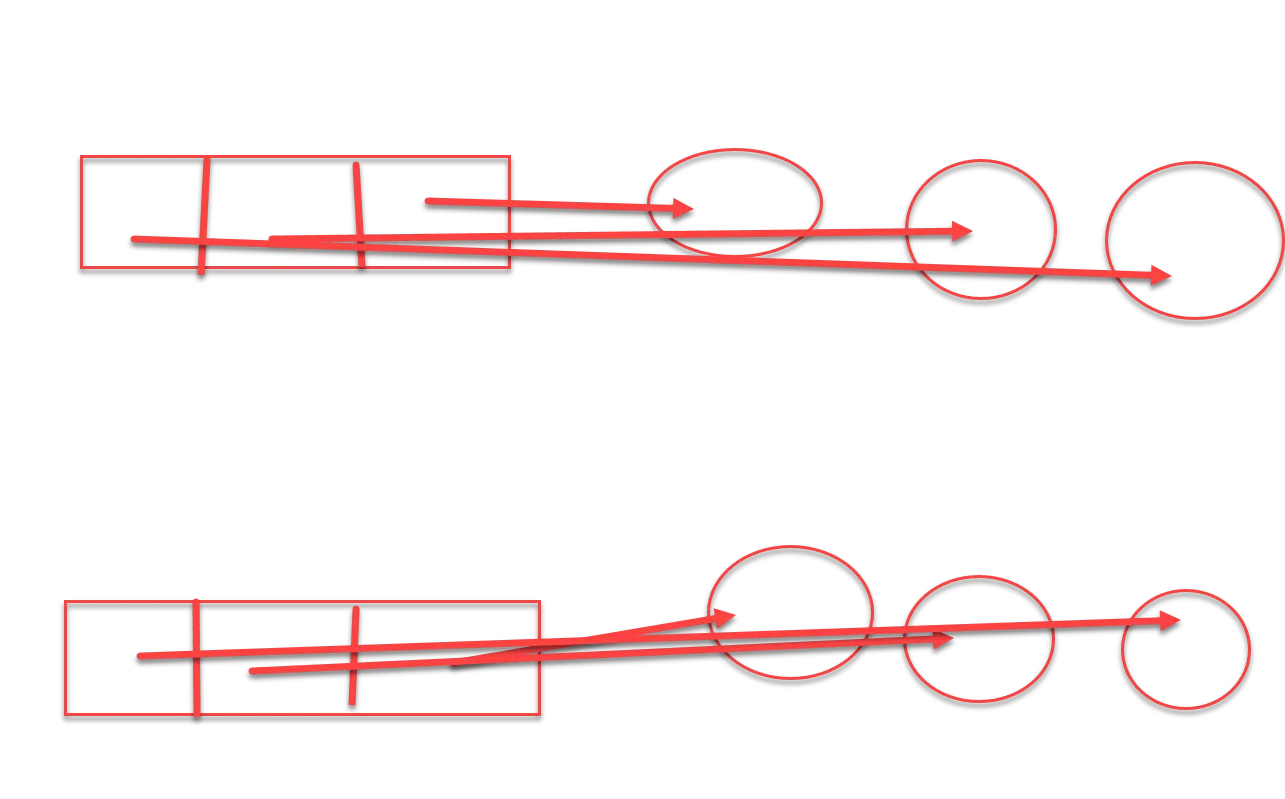我最初注意到这个问题是当我只把对象放在listOfRates中,然后通过复制它来创建inverseListOfRates。但即使使用这种方法,我也无法修改一个列表而不改变另一个列表。
我该如何解决这个问题?
我该如何解决这个问题?
List<HistoricRate> listOfRates = new ArrayList<HistoricRate>();
List<HistoricRate> inverseListOfRates = new ArrayList<HistoricRate>();
for (HistoricRate rate : rates){
listOfRates.add(rate);
inverseListOfRates.add(rate);
}
inverseListOfRates.forEach(r -> r.setMid(1 / r.getMid()));

